“Shang-Chi and the Legend of the Ten Rings” introduces an excellent cast of skilled martial arts heroes to the Marvel Cinematic Universe. The film features multiple action scenes one expects from a martial arts movie, barring the painfully generic battle scene, and most of the fight scenes in the movie are thrilling and keep narrative momentum. Chief among these is a fight on an out-of-control bus.
A fight scene must be more than a series of skillfully executed stunts. The scene must establish or reinforce character traits and motivations, and viewers must be able to identify what is at stake during the fight. Furthermore, a fight scene can be broken down into smaller components. Using terms originating from professional wrestling, these are the shine, the heat, the comeback, and the finish. After a fight scene ends, there should still be loose ends that tie into other fight scenes until the final showdown. The bus fight scene in Shang-chi provides an excellent example of all these.
Early in the film, Shang-Chi (Simu Liu) is gifted a jade pendant by his late mother Ying Li (Fala Chen). It is this pendant that set off the bus fight. While Shang-chi and his friend Katy (Awkwafina) are riding an articulated bus to work, a man approaches Shang-Chi and demands that he hand over his pendant. This is where the fight begins. The stakes and motivations are established. This man wants Shang-chi’s pendant, and Shang-chi isn’t handing it over. The man tries to grab the pendant, and Shang-chi leaps out of his seat and out of arm’s reach. Adding to the tension of the scene, we learn that the man isn’t alone. Two other men spring out and grab Shang-chi. Shang Chi tells his assailants he doesn’t want trouble, but in response, he is told, “Then give us the pendant.”
Fists don’t fly until Katy is thrown back into her seat for trying to defuse the situation, at which point Shang-chi punches the first man in the chest and sends him backward. Queue the fight music and queue the shine. This part of the fight establishes the good guy’s superior ability in relation to his foes, and why they will need underhanded tactics to beat him. In this instance, Shang-chi soundly defeats the initial goons through superior hand-to-hand skills, acrobatics, and clever use of his jacket as a defensive tool.
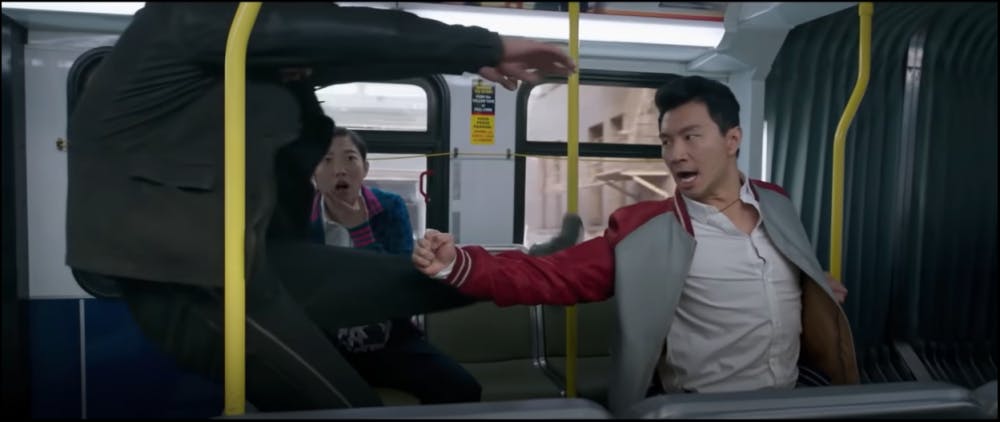
As the goons writhe on the floor, a man stands up from the back of the bus and removes his jacket. Razorfist (Florian Munteanu) is with the men who started the fight for the pendant, and he has a technological, super-heated sword for an arm which cuts through anything like a lightsaber. This is the cut-off from the shine to the heat. The bad guys now have the advantage and Shang-chi has to go on the defensive. Shang-chi uses his acrobatic skills to evade Razorfist’s slashes, but the bus breaks and the middle section connecting the two halves are cut away in the action. The stakes are raised, and Shang-chi must figure out how to save himself and the other passengers while still evading Razorfist’s sword-arm.
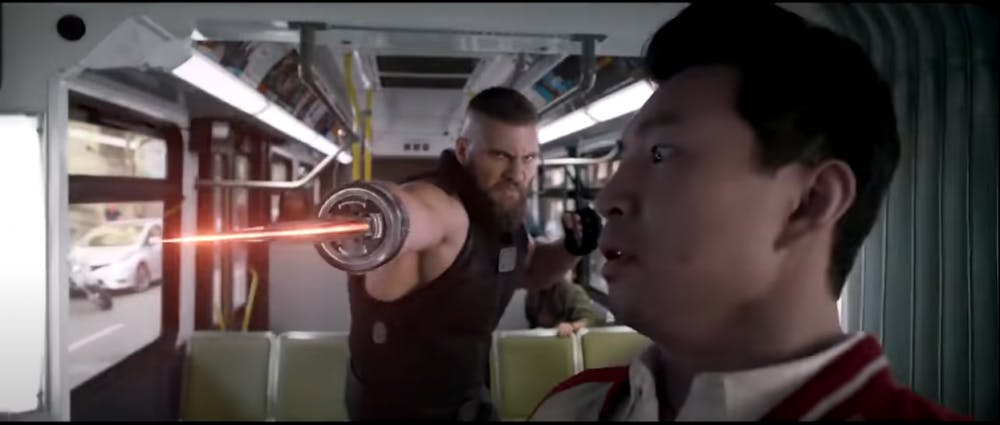
The bus driver, who failed to notice the brawl behind him, attempts to control the vehicle but is rendered unconscious after the bus collides with a car and his head hits the steering wheel. Fortunately for Shang-chi, his friend Katy is a skilled driver and takes control of the bus, allowing Shang-chi to focus on the fight. It’s time for the comeback.
Razorfist and the goons rally in the front half of the bus, leaving the passengers in the loose back section. Shang-chi resolves himself, quickly defeats the goons and puts Razorfist on the defensive, pinning him to a wall acrobatically. In the brief moment he can keep Razorfist restrained, Shang-chi yells, “Everyone to the front of the bus now!”
It’s time for the finish. Razorfist reverses Shang-chi’s grapple and tells Shang-chi that him and his sister will “pay for what they’ve done.” As Razorfist is speaking, Shang-chi signals Katy to make a hard turn, kicks Razorfist in the chest to use as a springboard, and lands on the front section of the bus. The back half of the bus rips away and crashes along with Razorfist. Katy manages to bring the bus to a grinding halt, and our heroes and the passengers emerge from the fight scene intact. Meanwhile, Razorfist emerges from the crash site of the back half with Shang-chi’s pendant.
After the scene, the narrative keeps its momentum through elements introduced during the fight. What’s so important about Shang-chi’s pendant? Where did he learn to fight so well? Just who were the men who attacked him? What about the sister? All of these questions and more are answered in following scenes, but they’re introduced during the action which drives the story.
The four-part fight scene structure is present in all of the fights in Shang-Chi. There’s a fight scene on building scaffolding in Macau, China. In this fight, the shine is when Shang-chi is once again the superior combatant to the goons after him and Katy. The cut-off to the heat is when some of the goons go after Katy, who struggles to navigate the scaffolding. The hope is when Shang-chi’s sister Xialing (Meng’er Zhang) jumps into the fight to help Shang-chi, and the finish is when a ninja called Death Dealer (Andy Le) uses an explosive device to knock Shang-chi and Xialing down to steal Xialing’s pendant.
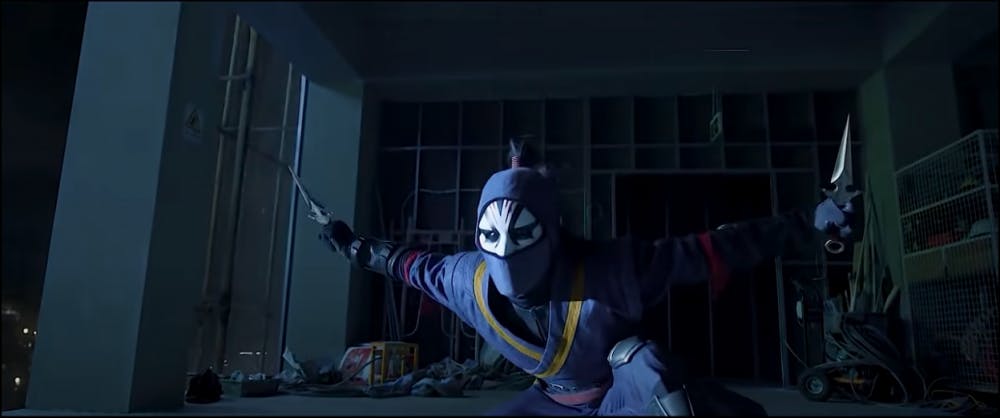
The four-part structure again applies to the follow-up fight, where Shang-chi catches up to Death Dealer, and they have a knife fight. The shine is before the Death Dealer draws the knives, where Shang-chi is the superior unarmed fighter. The cut-off to the heat is when the knives are drawn. The hope is when Shang-chi gets one of the knives himself and disarms Death Dealer of the other. The finish is when Shang-chi is about to deal a killing blow but is stopped by his father Wenwu (Tony Leung).
Wenwu is the primary wielder of the ten rings, which augment his martial arts, and his fight scenes demonstrate his skill with them. The opening sequence in particular demonstrates the power of the rings, when Wenwu almost single-handedly defeats an army and destroys their fortress. In his first major fight scene, Wenwu is bested in combat by Ying Li after she uses her mystical abilities to temporarily seize control of the rings. Wenwu and Ying Li would grow close, marry, and start a family after this duel.
Shang-chi eventually inherits the rings from his father, first by seizing control of them in a confrontation with him, and later when Wenwu willingly bequeaths them to his son. The technique he uses to gain control of them is a callback to the duel between Wenwu and Ying Li, and everything we see Wenwu do with the rings we see Shang-chi do at least once. It’s a fine example of set up and pay off through the use of visual storytelling and action.
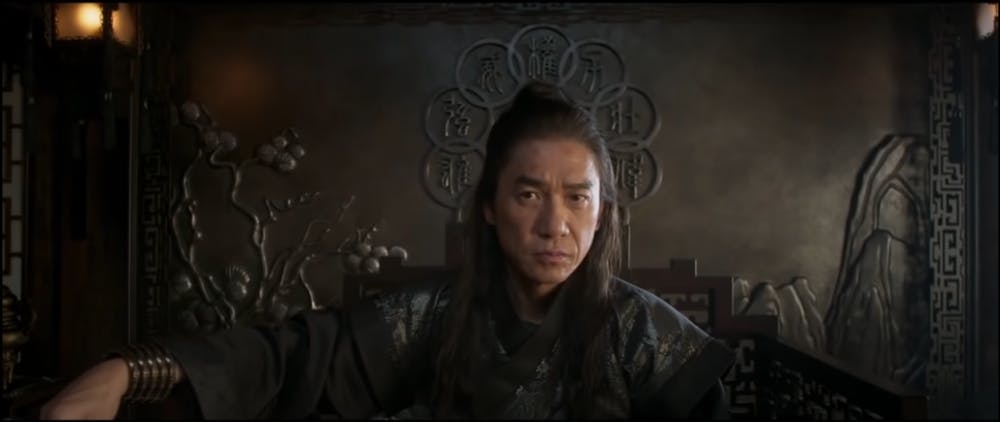
In the Marvel Comics, the ten rings are portrayed as conventional rings worn on the fingers. However, the movie portrays them as five rings worn on each forearm, which is inspired by various forms of Kung Fu, such as the Southern Shaolin Hung Gar style, which use metal rings are a strengthening tool. Wenwu’s actual style in the movie looks closer to “Bajiquan,” which features many forearm and elbow strikes, as well as explosive punches with both arms simultaneously. Save for the occasional kick, every strike Wenwu makes utilizes his rings, which have a satisfying sound effect when used.
The weakest part of the story is the fantasy element, which takes place on another world. This element is introduced early, and it’s where Wenwu and Ying Li have their duel, but once Shang-Chi gets there, a lot of exposition is thrown at the viewer through dialogue, and the big monster behind everything is finally introduced. This is where the trope-y MCU battle scene is, which is as unengaging as the battle scenes in other Marvel movies. The final battle with big CGI monsters is also uncompelling, even though Shang-chi is the one to deal the final blow. A narrower focus on the character action over CGI monsters and fantasy worlds would have elevated this movie to a Kung Fu classic.
The movie has many flashbacks that could have been placed better in the narrative. A flashback critical to the narrative shows what happened to Shang-chi’s mother, which should have been placed earlier in the film, since it’s a pivotal event for most of the cast.
“Shang-Chi and the Legend of the Ten Rings,” for all of its flaws, is a solid Marvel movie featuring great martial arts action.
Shang-Chi: How Action Drives Narrative
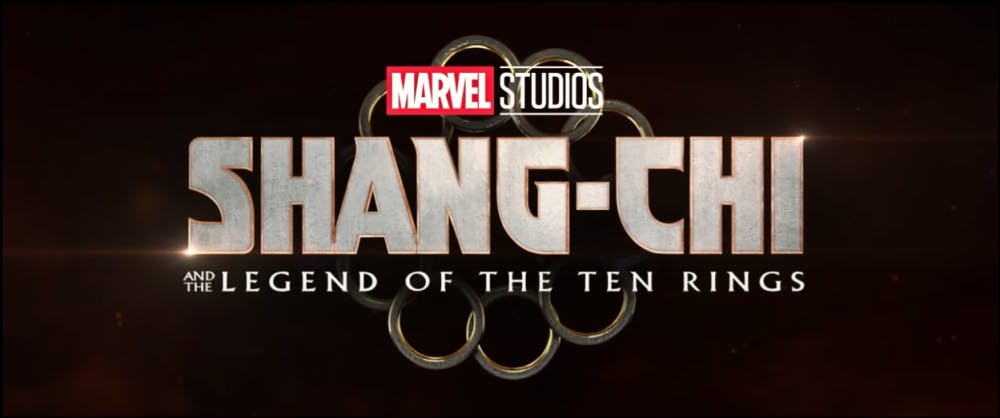
Heads up! This article was imported from a previous version of The Campus Citizen. If you notice any issues, please let us know.




